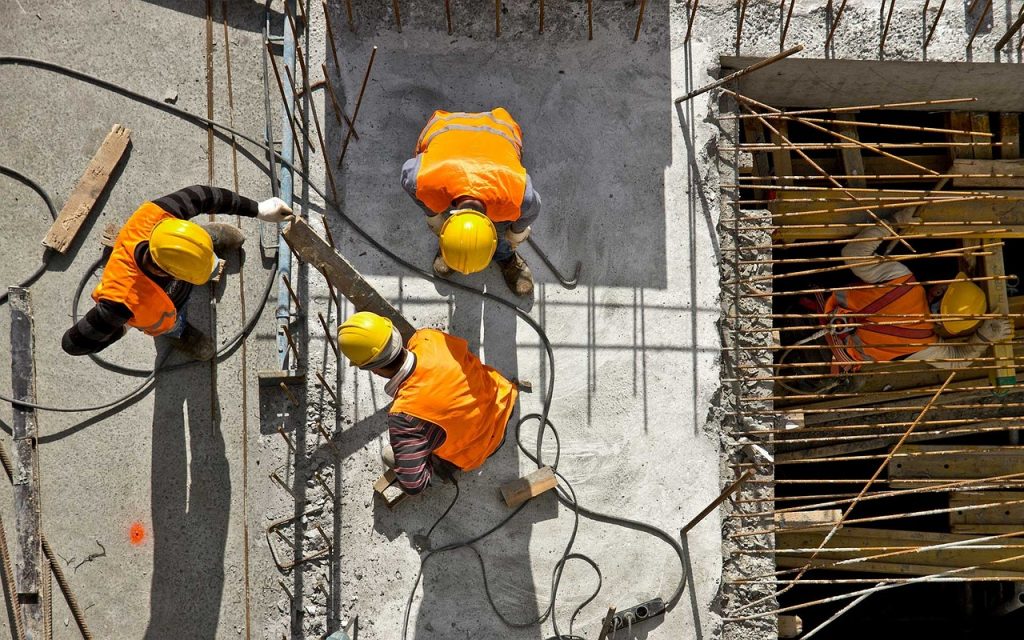Hungary’s domestic reopening officially happened on June 15th, and since then there has been a sort of return to normalcy. Bars are open, beachgoers are flocking to Lake Balaton, and many other tourist areas around the country are seeing a slow but steady uptick of visitors. Meanwhile, new Covid-19 infections have remained consistently low. But this relative “bubble” may not last long as infection rates have skyrocketed around the world, especially in countries surrounding Hungary.
Both Serbia and Romania have reported daily infection rates of 300+ and 700+, respectively, dwarfing Hungary’s numbers that have not gone above 20 recently. Elsewhere around the world, infection rates vary wildly between countries. In North America, Canada seems to have gotten the pandemic under control, while daily infections in both the United States and Mexico are reaching record highs.
This confusing situation that is changing by the day accompanies the Hungarian government’s plan to reopen and restart the economy. Covid-19 has done a number on the Hungarian economy, the tourism industry shut down almost entirely, industrial production decreased by 30%, and the unemployment rate is estimated to have doubled to about 7.5%.
The Hungarian government has introduced quite a large plan to restart the economy, announcing fiscal stimulus equivalent to 4.4% of GDP, and 5.4% of GDP (2,500 billion forints) has been made available to the private sector in the form of loans. Furthermore, there is a moratorium on loan payments until the end of 2020.
Predictions on how exactly the Hungarian economy will fair in the short-term future are varied, but they tend to be in the ballpark of a 5-10% decrease in GDP over the next year, depending on the intensity of the “second wave” of the coronavirus. Likewise, the predictions for the subsequent economic recovery in 2021 are also contingent on the second wave, ranging from a 4-5% recovery in the best-case scenario, and a 1.5% recovery in the worst.
These numbers give a pretty good idea of what short-term outlook is for the Hungarian economy, but it is important to understand what is behind them. The massive decrease in industrial production, for example, is actually the worst in the European Union. This can be attributed to Hungary’s connection with Western European manufacturing supply chains that have essentially frozen during the pandemic.
The tourism and entertainment sectors’ near complete shutdown was predictable, and they are only slowly recovering since the reopening. However, with the government announcing the cancellation of the August 20 celebrations, as well as new restrictions on festivals and music venues, it seems that artists will suffer for a while longer.
Another important factor to consider are the many Hungarians and non-Hungarians who used to commute (often daily) across the borders with Ukraine, Romania, and Serbia. It is not without reason that Romania and Serbia were designated yellow regions in stead of red, most likely to mitigate the negative consequences for cross-border workers.
Overall, the forecast for the Hungarian economy is not positive, but relative to many other countries around the world the recovery is projected to be quite quick. Even in the worst-case scenario, the recovery to pre-coronavirus GDP should not take longer than what followed after the 2008 recession.
In the featured photo illustration: PM Orbán visiting the Audi plant in Győr. Photo by Szilárd Koszticsák/MTI

